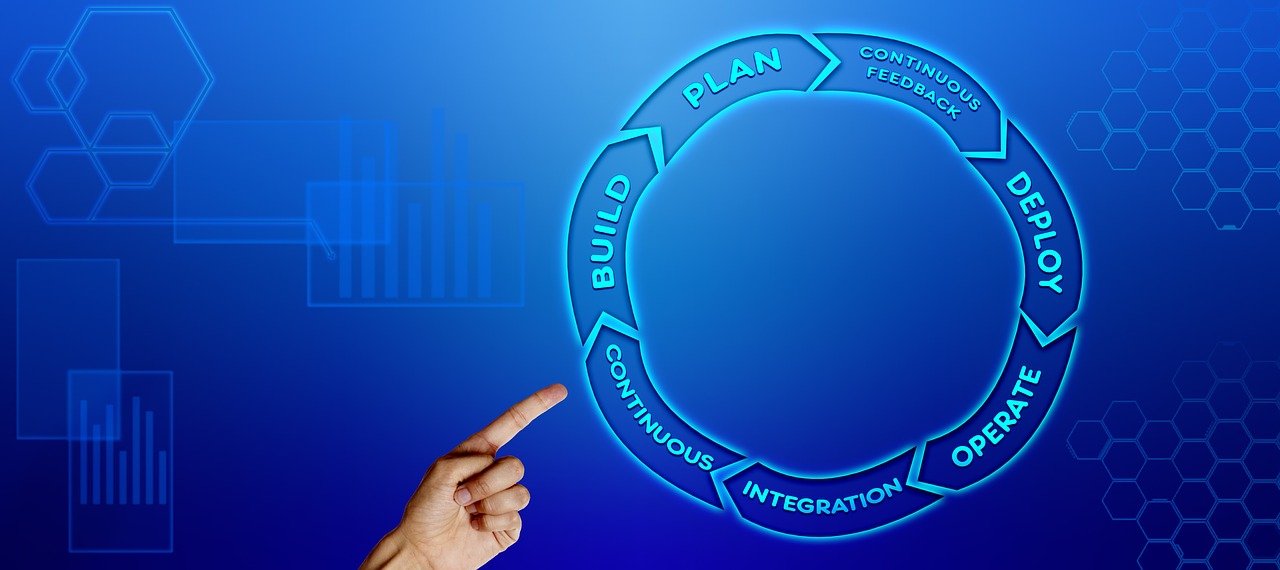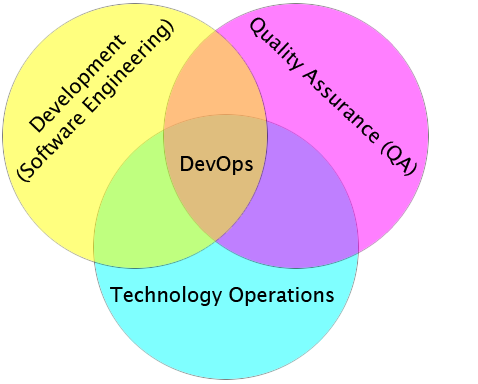
As the custom software development lifecycle (SDLC) is growing complex and users are demanding high-level functionality at an accelerating pace, DevOps SDLC has become popular. In this blog, you’ll learn about DevOps SDLC pros and cons, key deliverables and comparison with Agile.
At Symphony Software, we recommend the DevOps model to many of our clients. It enables us to deliver complex and large-scale software products in a short span of time, unlike other models of software development.
Let’s see how DevOps work:
What is DevOps in SDLC?
DevOps is a combination of two words – development and operations. It allows a single team to manage the entire lifecycle, starting from ideation to software deployment and everything in between.
Our DevOps services effectively serve the purpose of reducing the time required to deliver reliable software applications quickly with continuous production.
Stages of DevOps SDLC Lifecycle

Continuous Development – Planning and software coding
Integration – Source code is modified multiple times on a weekly or a daily basis.
Continuous Testing – Some developers perform continuous testing to find out bugs and errors.
Feedback – Developers determine the outcome of these modifications and decide necessary improvements for the final product.
Continuous Monitoring – Developers record data resulting from every use of the application and constantly monitor each functionality.
Deployment Continuous Operations – Final application code is deployed to servers.
Continuous Operations
The shortest and the least complicated phase automates the process of releasing the software and the future updates.
The Key Deliverables of DevOps SDLC Model
- Faster development and improved user experiences
- High Return on Investment
- Advanced deployment patterns
- Securely stored project data
- Easy to make changes, develop new codes, and integrate them into final source code.
DevOps SDLC Pros and Cons
Advantages of the DevOps model are:
- Accelerated Time-to-Market
- Reduced costs
- Better workflow management
- Quick bugs and errors fixing
- Reliable releases
Disadvantages of the DevOps model are:
- Problems with integrations
- High costs compared to the waterfall SDLC model
- Automated testing is an indispensable part of this model.
Use Cases or Applications of DevOps
DevOps can be used for all kinds of software applications. But it’s ideal for:
- E-Commerce websites
- Cloud-native apps
- Large-scale distributed platforms
Agile Vs. DevOps: Know the Difference
| DevOps | Agile |
| Brings development and operations teams together | An iterative approach focusing on collaboration, customer feedback, and small rapid releases |
| Constant testing and delivery | Focuses on constant changes |
| Requires relatively a large team | Requires a small team |
| Utilizes shifts-left and right principles | Uses shift-left principles |
| For end-to-end business solutions with fast delivery | Software development |
| Focuses more on operational and business readiness | Focuses on functional and non-function readiness. |
Our Approach to DevOps
At Symphony Software, we take the best of Waterfall, Agile model of software engineering and human-focused designs into a cohesive DevOps approach. Moreover, we eliminate all barriers to software innovation so that our team can focus on something that aligns with your business objectives.
We work together, monitor, and automate to and deliver high-end solutions with continuous development, continuous maintenance, and an enhanced DevOps strategy.
If you think that the DevOps SDLC model can fit your business, call us at info@symphony-software.com or 414-218-4644. We’ll discuss your project and make it a success together.
